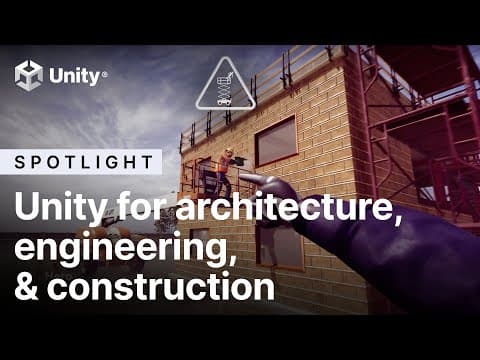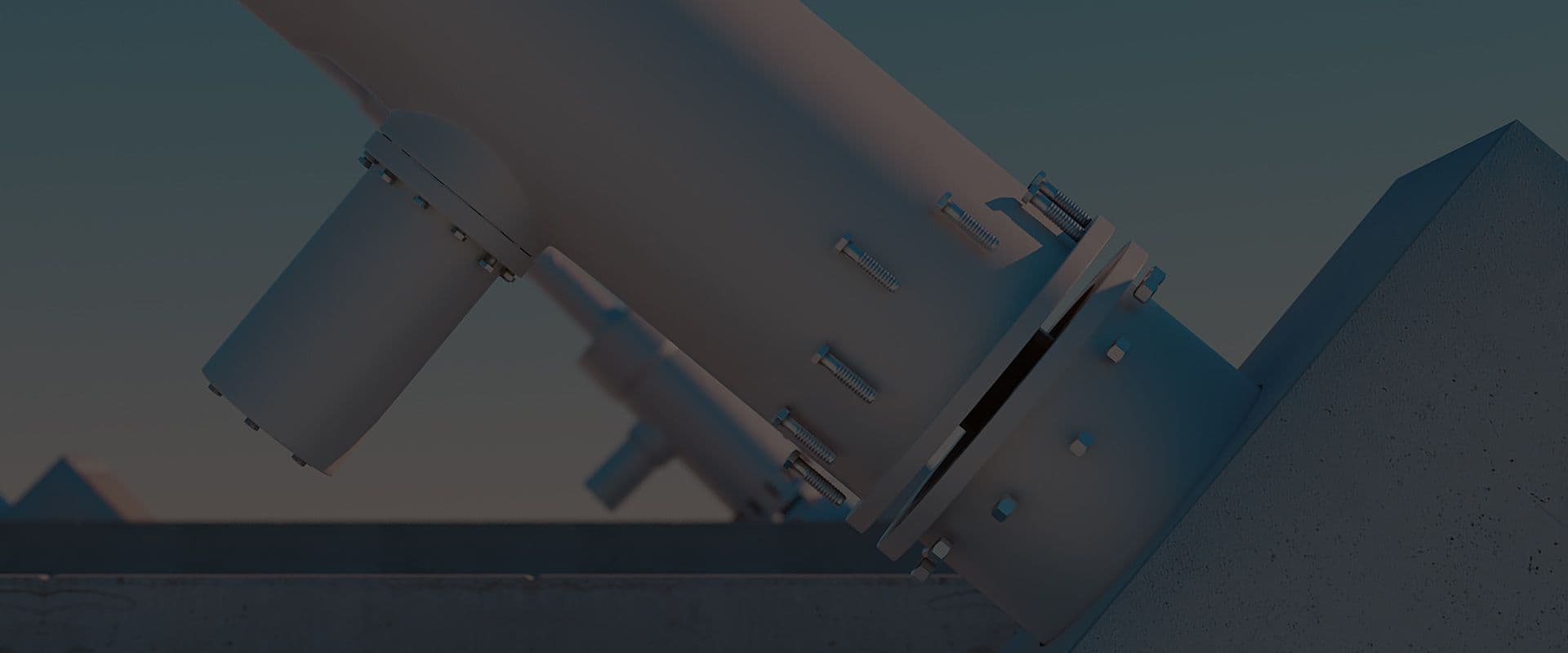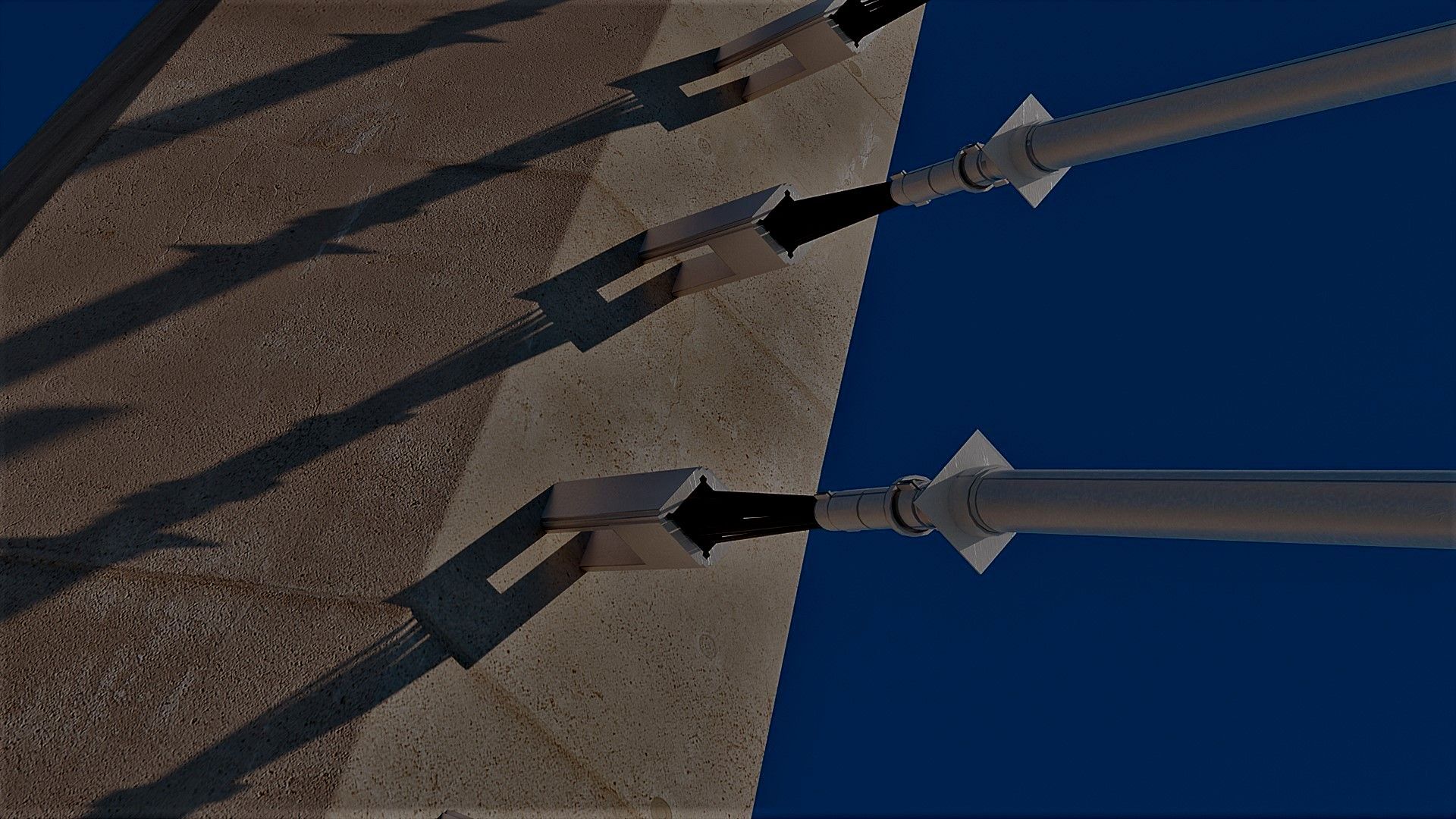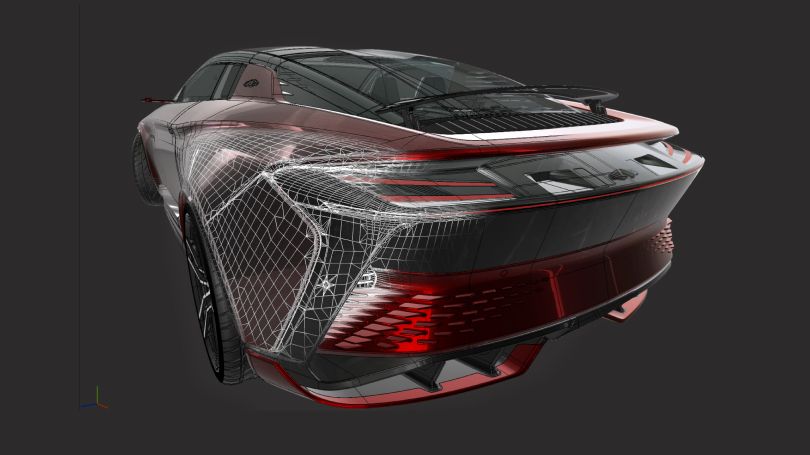
아이디어를 실현하는 Unity
Unity의 실시간 3D 기술을 통해 다음을 수행할 수 있습니다:
- 연결 BIM 데이터, 이해관계자 및 AECO 생애 주기의 모든 단계를 하나의 몰입형 협업 플랫폼에서
- 잠금 해제된 데이터를 통해 더 나은 의사 결정을 내립니다
- 구축하고 배포 AR 및 VR 애플리케이션을 통해 프로젝트 생애 주기 전반의 문제를 해결합니다
주요 사용 사례
운영 트윈
자산 관리 시스템 및 실시간 및 역사적 IoT 데이터와 같은 이질적인 데이터 시스템을 연결하여 유지 관리 비용을 줄이고, 더 많은 정보에 기반한 결정을 내리며, 운영 효율성을 높입니다.
스마트 엔지니어링
스마트 프로세스 및 계측 다이어그램(P&ID)과 통합된 실시간 3D 에셋으로 시설 설계 프로세스를 간소화합니다. 최종 사용자가 실시간으로 정확한 시설 레이아웃을 설정할 수 있습니다.
예측 유지 관리
과거 데이터, 실시간 데이터 및 예측 데이터를 통합하여 작업자의 안전을 강화하고 계획되지 않은 종료를 줄입니다. 모든 에셋의 실패, 수정 및 변화를 예측합니다.
교육 훈련
VR을 사용하여 학습을 보다 흥미롭고 효과적으로 수행합니다. 일선 근로자에게 작업 수행 방법 및 안전 사고 완화 방법을 교육하는 가상의 시나리오를 실행합니다.
작업자 연결 및 협업
디지털 트윈의 원동력이 되는 동일한 에셋으로 원격 작업자를 연결하여 협업을 개선하고 영향을 받는 최종 사용자에게 적시에 관련 정보를 제공할 수 있습니다.
환경 및 운영 성능
실제 출력(예: 물, 폐기물, 탄소 배출 등)과 에셋 성능을 측정하여 환경, 사회 및 거버넌스(ESG) 목표 추적을 이해하고 필요한 운영 변경 사항을 알려 줍니다.

Unity Industry 소개
Unity Industry는 자동차, 에너지, 제조, 소매, 엔지니어링 등 산업 전반에 걸쳐 AR과 VR, 모바일, 데스크톱, 웹에 대한 커스텀 실시간 3D 경험을 구축하는 개발자용 제품 및 서비스군입니다. 3D 및 CAD 데이터의 성능을 활용하여 비전을 생성, 확장 및 검증할 수 있습니다.

밴쿠버 공항 공사
Vancouver Airport Authority가 Unity Accelerate Solutions와 제휴하여 운영 및 지속 가능성을 개선하기 위해 업계 최초로 디지털 트윈을 구축한 방법에 대해 알아보세요.

디지털 트윈 운영 경험
Unity에서 지원하는 이 디지털 트윈 데모를 테스트하여 여러 데이터 소스를 실시간으로 연결하고 시각화하여 사이트를 원격으로 운영하고 유지 관리하는 데 어떻게 도움이 되는지 알아보세요.

3D 데이터의 잠재력을 활용하세요. Unity의 산업용 실시간 3D 솔루션으로 제품, 워크플로, 프로세스를 실현하세요.


